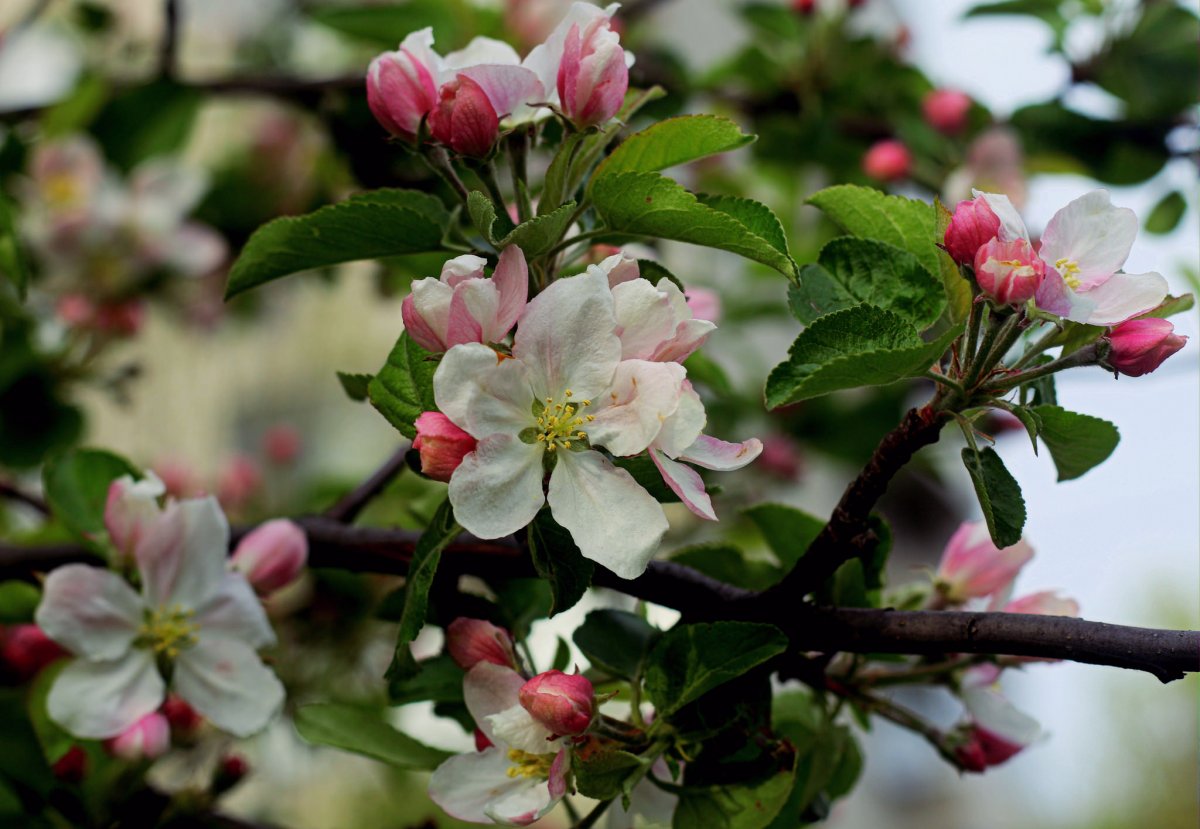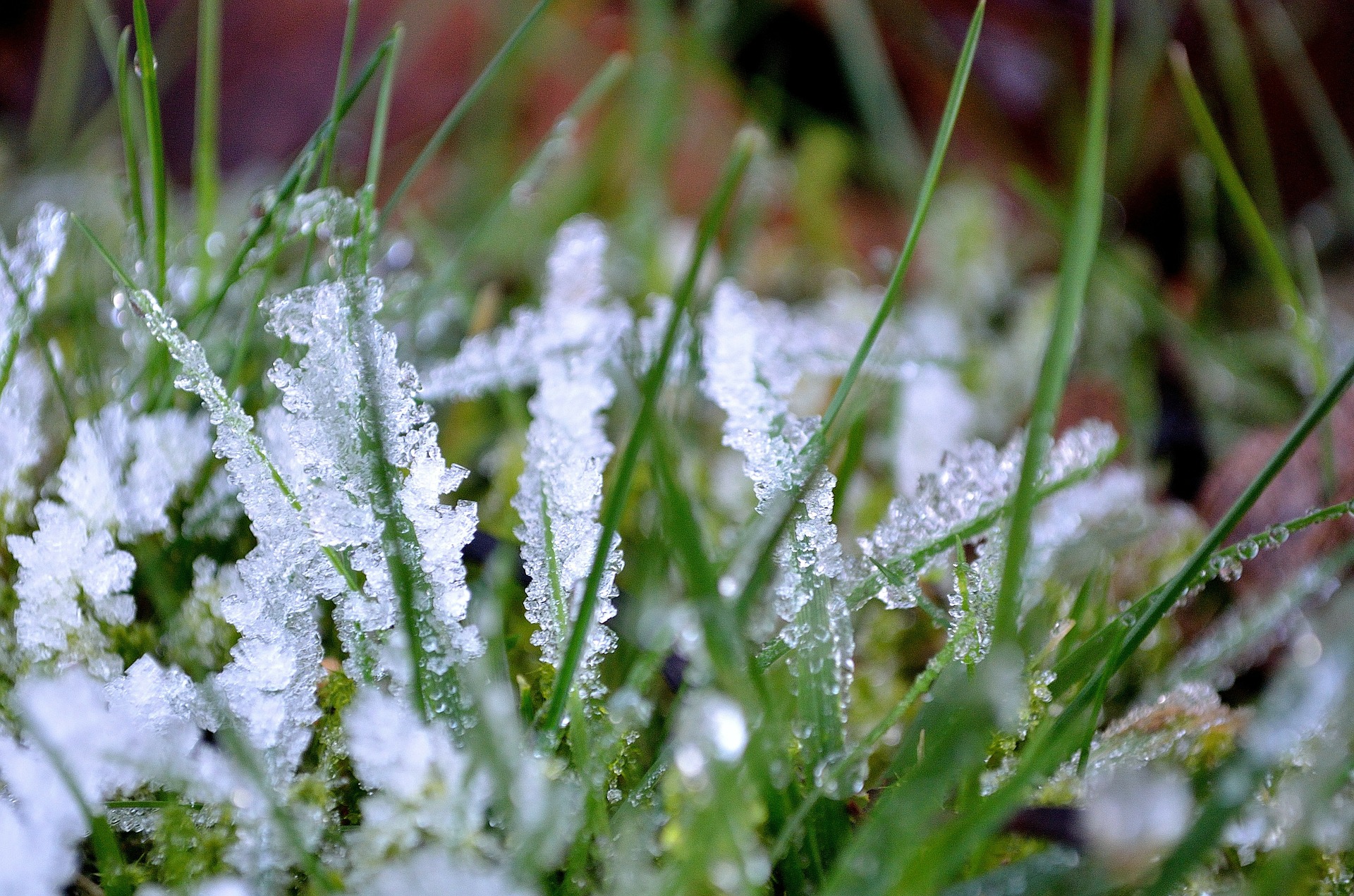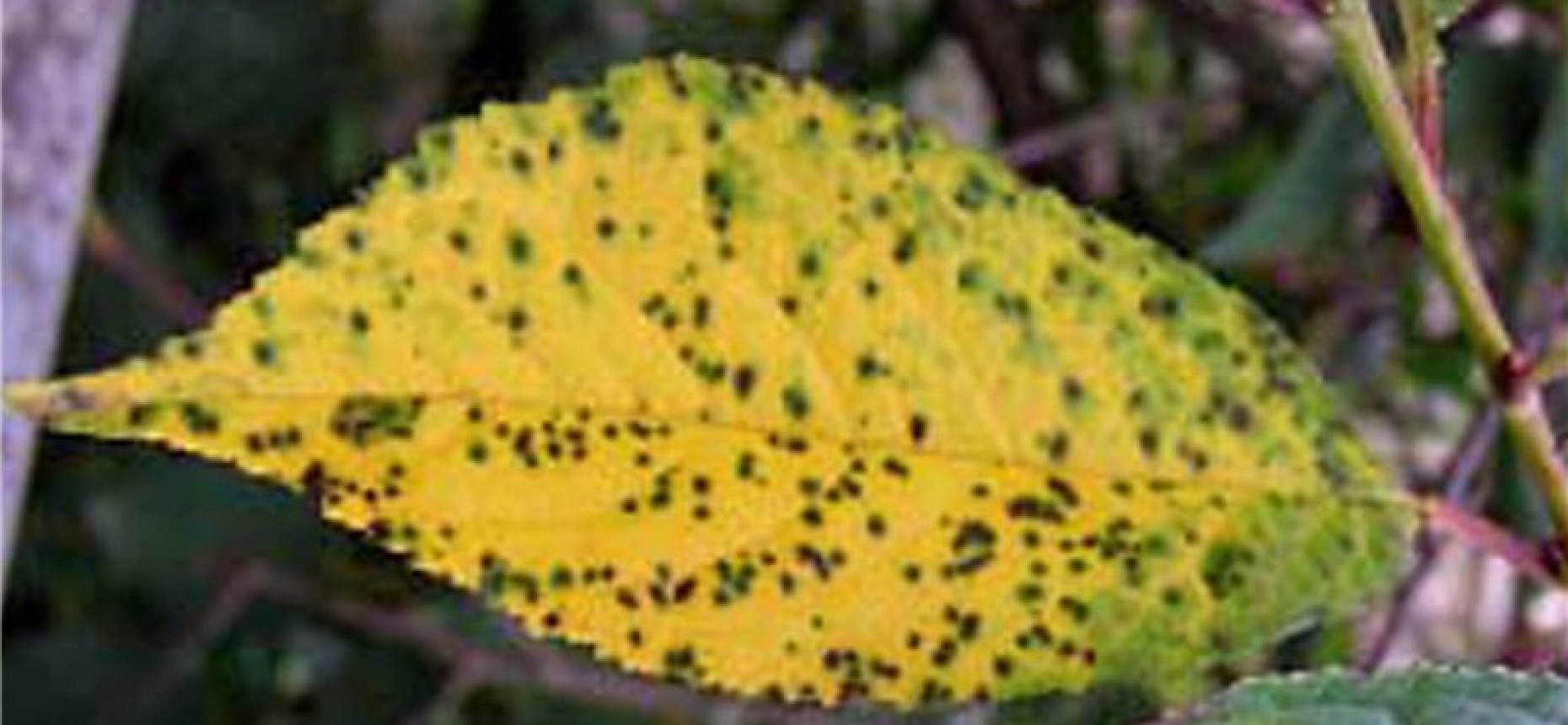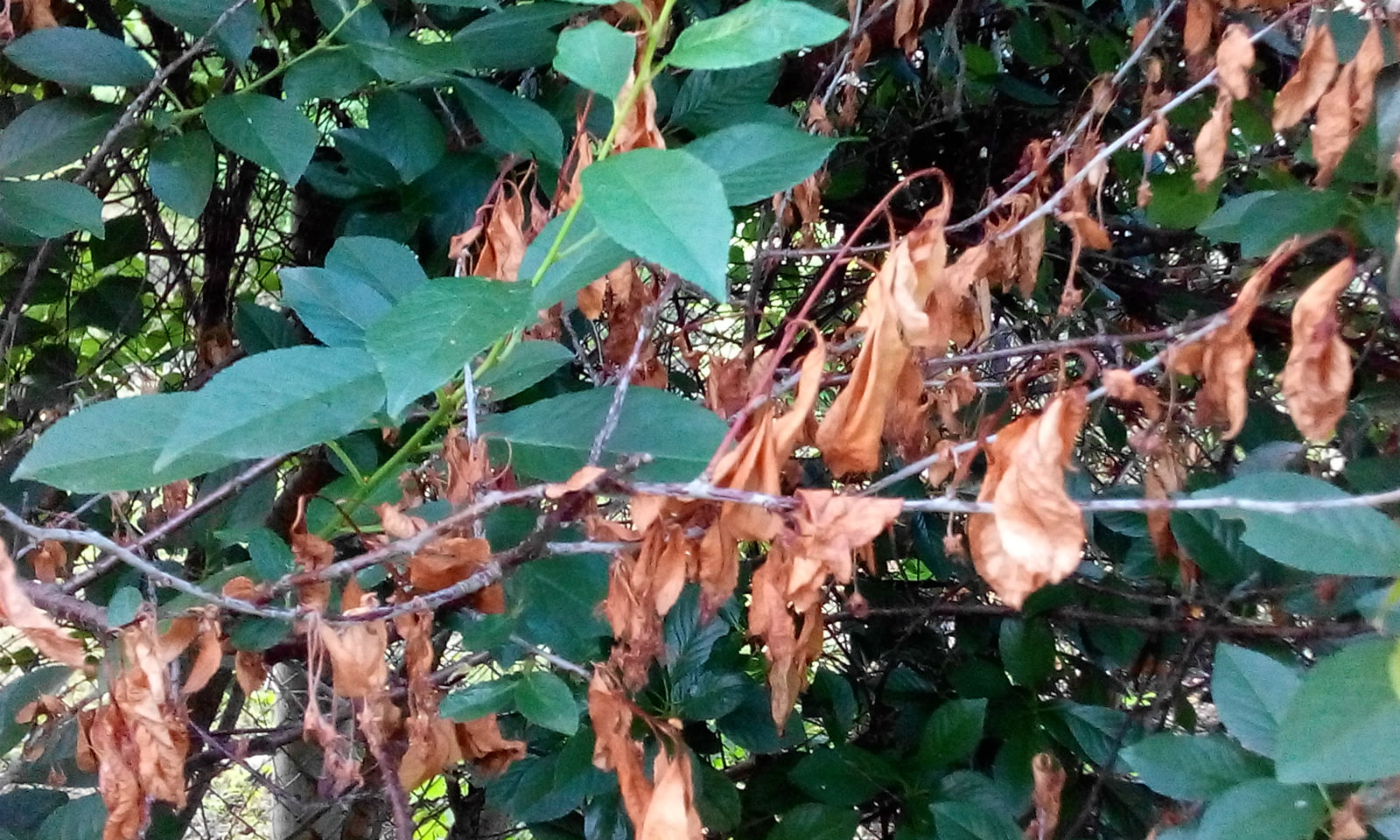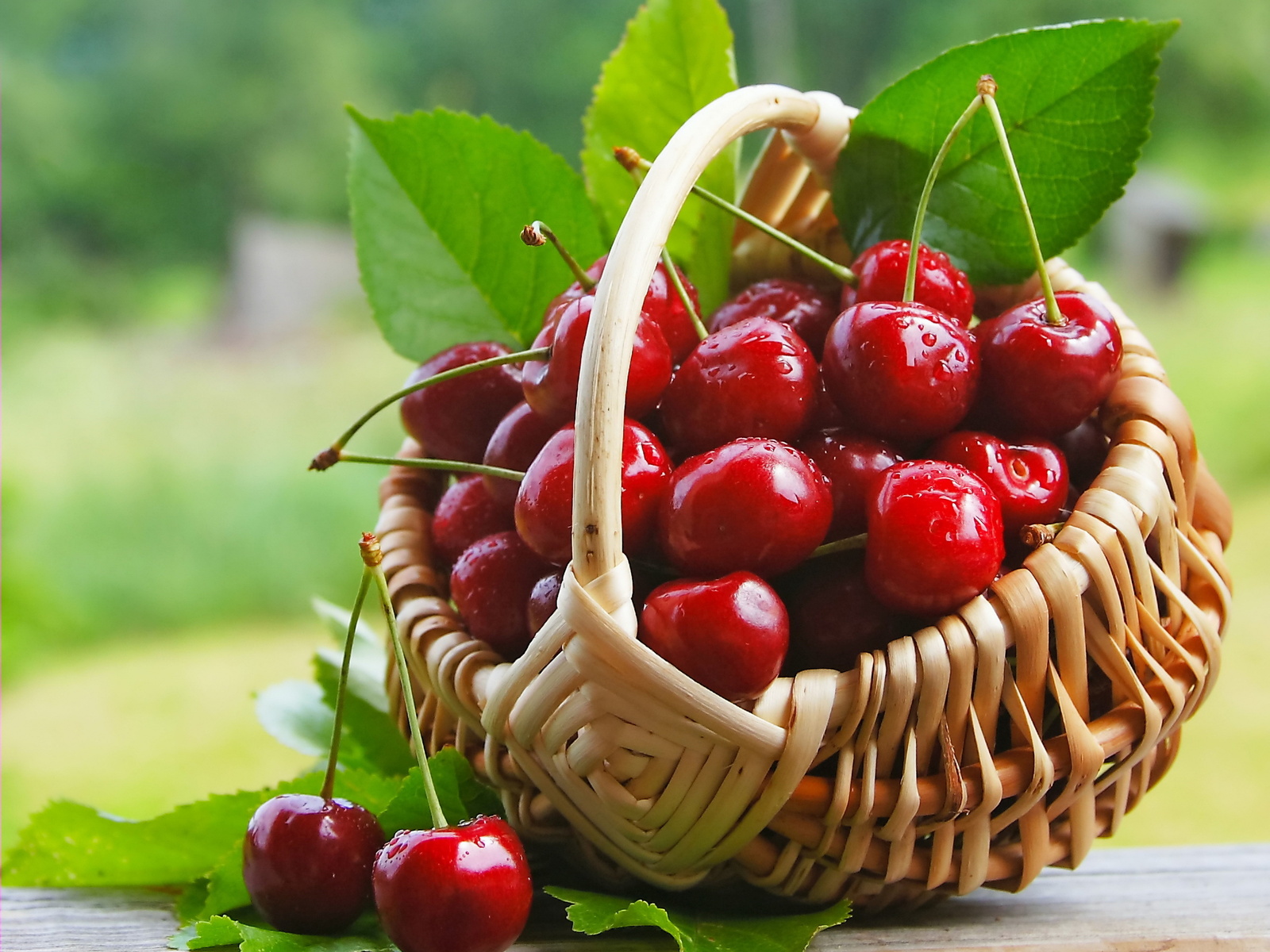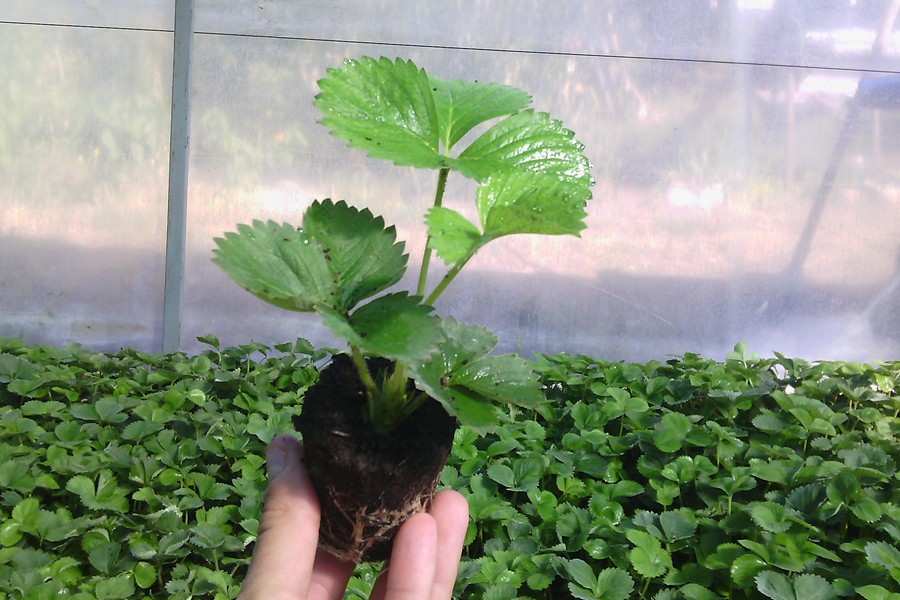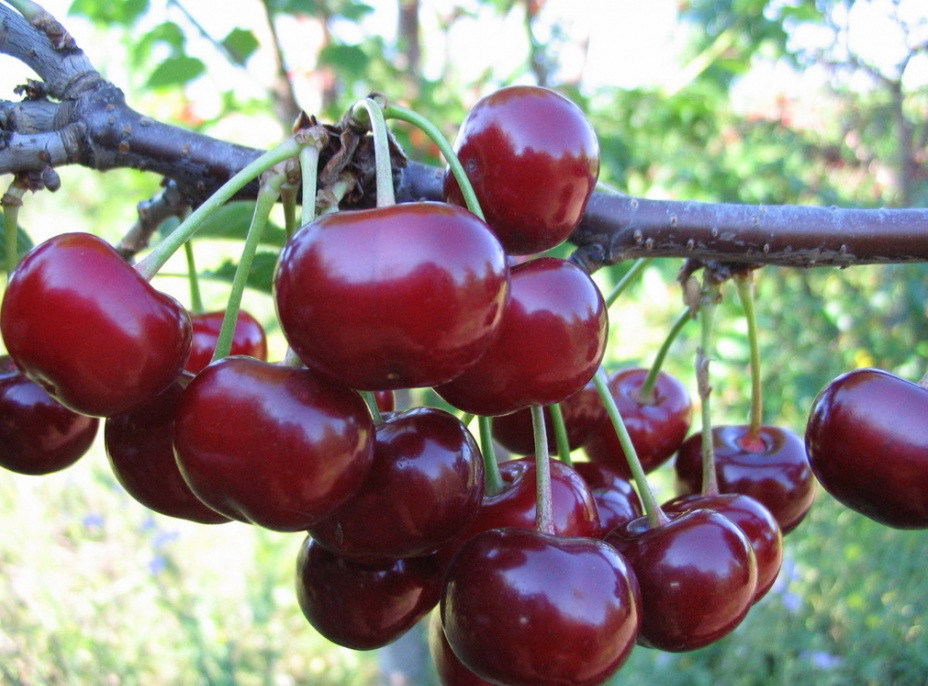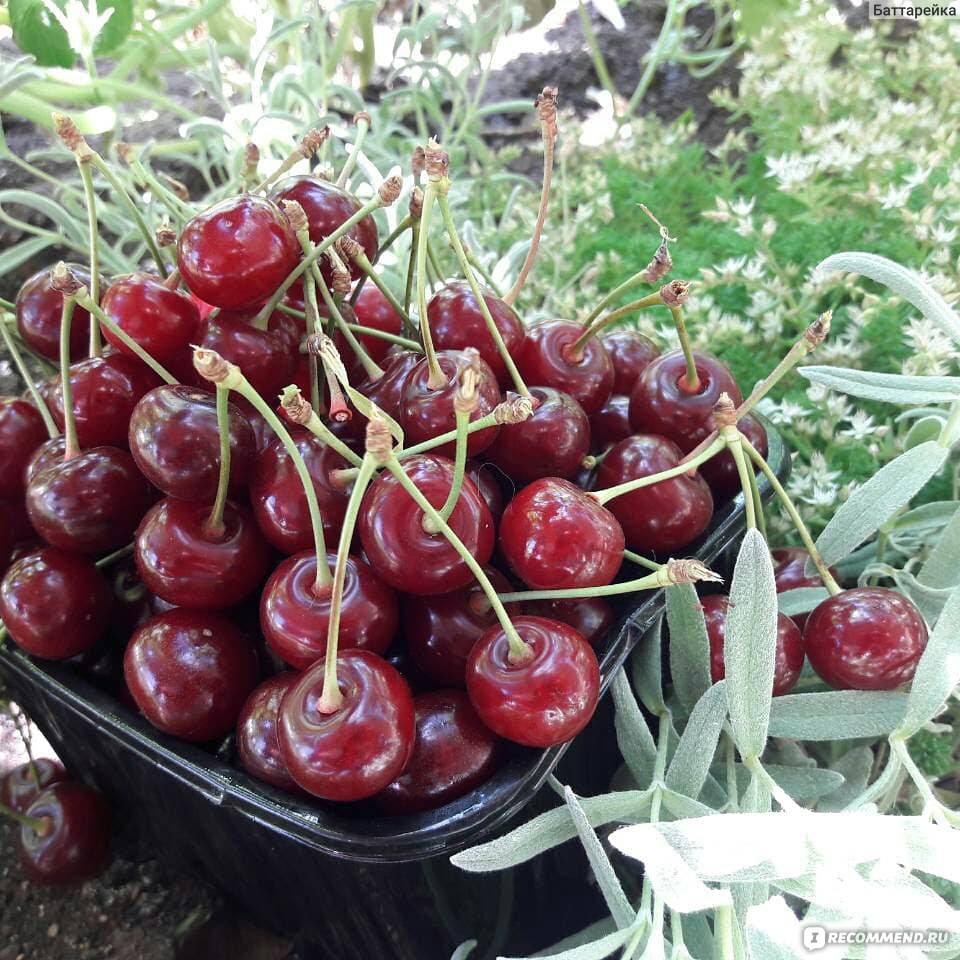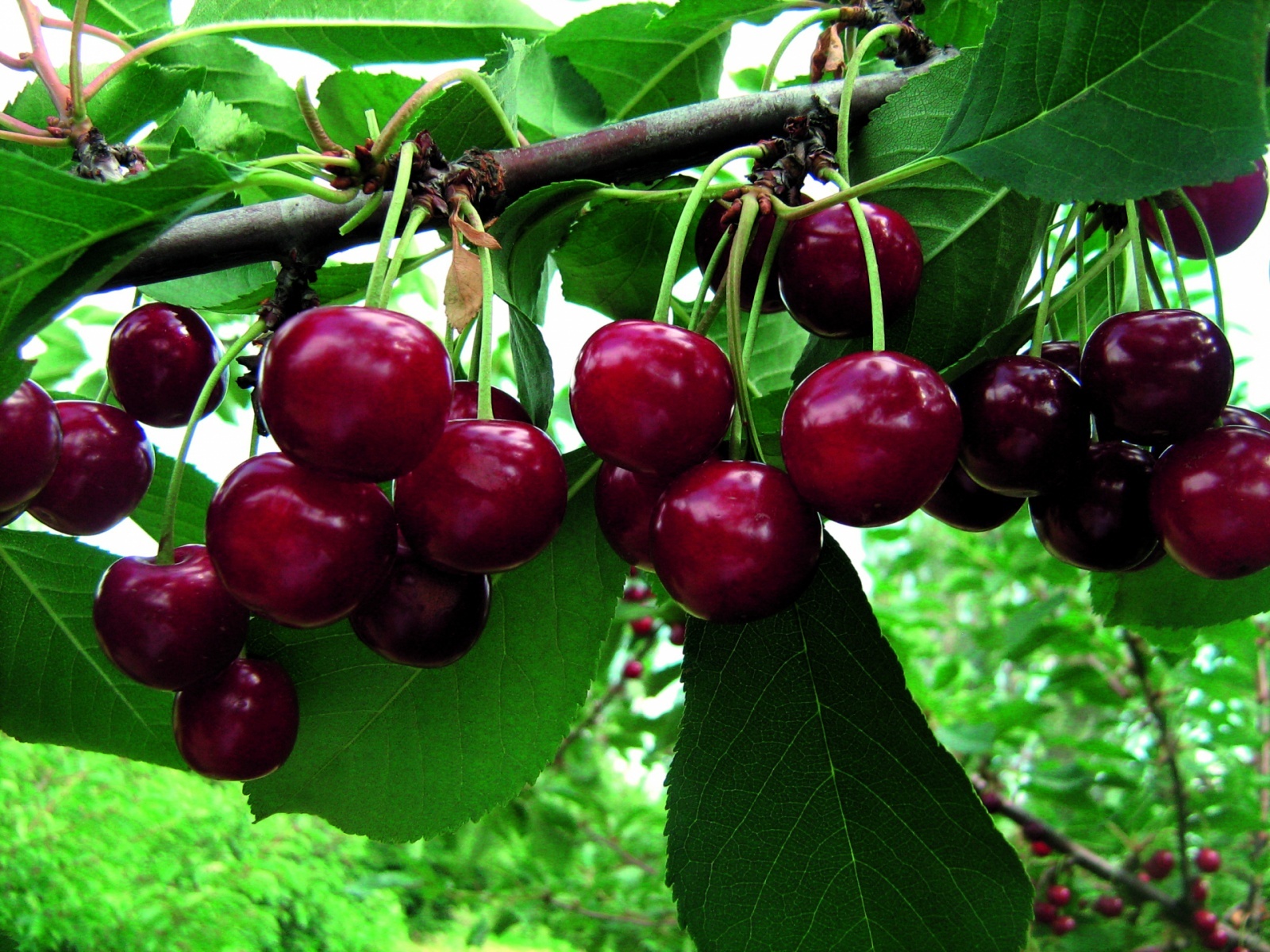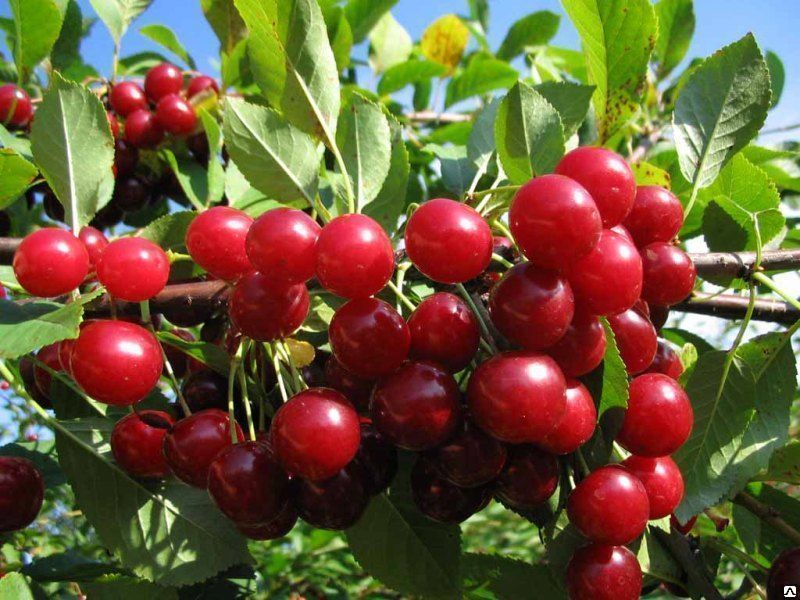Content:
Several cherry trees grow on almost every summer cottage today. This culture has become so widespread due to its unpretentiousness, good indicators of frost resistance and undemandingness to the composition of the soil. In addition, it annually brings a large number of tasty and healthy berries that can be consumed both fresh and canned. But sometimes difficulties are encountered on the way of gardeners and the once abundantly fruiting cherry ceases to bear fruit, but at the same time it blooms. Why cherries do not bear fruit, what to do?
Description of popular varieties
Cherry is a shrub or deciduous tree, the height of which can reach 3-4 meters. The leaf is small, oval, dark green in color. During flowering, pink and white flowers are formed, which exude a pleasant aroma. Inflorescences are umbrellas. During the flowering period, all branches are covered with them. The fruit is an edible, juicy and aromatic berry, color from red, yellow, black, contains one seed inside. The plant is domesticated, does not grow in the wild.
Unpretentious, excellent frost resistance indicators, the tree is able to survive even the harsh Russian winters. The first harvest is usually harvested by gardeners for 3-4 years. Closest relatives: apricot, bird cherry, plum and sakura.
The common cherry is the most common member of the species. It was cultivated many centuries ago. It is grown on an industrial scale in the Moscow region. According to its individual characteristics and structure, it is divided into 2 forms: tree-like and bush-like.
- Bushy varieties are distinguished by dark fruits, rapid shoot formation and downward branches. Bears fruit abundantly for 10-18 years. This form is characterized by abundant fruiting for 10-20 years. There is a characteristic shallow bedding of the root system, expanding in breadth by 6-7 meters. The frost resistance indicators of this form are better.
- The roots of treelike varieties share the same characteristics, except that the root system does not extend in width but in length.
Consider the most common and popular columnar cherry varieties:
- Chernokorka is a griot variety, belongs to the early. Distributed due to excellent indicators of frost resistance. The berries are large, the weight of each can vary from 4 to 5 g. The shape is round, the taste is unmatched, the pulp and juice are dark red. The yield indicators are high - up to 70 kg per tree. They can reach a height of 6 meters.
- Vladimirovka is a variety common in the middle lane. Berries are universal in their purpose. Refers to low-growing bushy cherry representatives. The height of the tree can reach from 2.5 to 5 meters.
- Lyubskaya cherry belongs to the mid-season, the harvest can begin at the end of July. Berries are large in size, weight - 4-5 g, dark red. The taste is rather mediocre, the berries are sour. The height of the tree reaches no more than 2.5 meters, slightly growing. Trees of this variety are demanding on the soil, but have excellent indicators of frost resistance.
Why is there a lot of empty flowers on the cherry
Cherry blossoms but does not bear fruit, what should I do? Before proceeding with the elimination of the problem, it is necessary to establish the root cause of such a phenomenon in order to achieve the desired and sustainable result.The main reasons due to which fruiting is completely absent or weak:
- Incorrect planting of the seedling. According to statistics, most often the tree lags behind in development due to improper planting, most likely, the root collar was deepened. Doing this is contraindicated, otherwise the tree may not only lag behind in development, but completely disappear. When planting cherries, it is necessary that after the soil shrinks, the root ring is 2-3 cm above the ground. Inexperienced gardeners often confuse the grafting site with the root collar, the latter is located below the grafting site, where the root system goes into the trunk. If this is really the reason, then it is necessary to shake off the earth from the place of the depression and around it, making a groove near the trunk where water will collect. If everything is done correctly, then the tree should bear fruit the next year.
- Why isn't the cherry set after flowering? The second, no less common problem may be lack of pollination. Many cherry varieties require cross-pollination in order to set and bear fruit. If there is no pollinator, then the tree may bloom, but the fruit will not form. To ensure full pollination, it is not at all necessary that the trees are located close to each other, an interval of up to 30 meters is sufficient. If there are no fruit trees in the summer cottage, then several cuttings can be grafted to the crown of the cherry. It is necessary to carry out this procedure with the onset of warmth, in the spring, when there is active sap flow. Of course, fertility will be at the proper level only after the grafted cuttings have developed.
- Bad weather conditions. The growing season of a cherry may not be fruitful if the flower stalks did not have time to bloom due to adverse weather conditions. Gardeners noted that there may be no berries at all if bad climatic conditions and return frosts are observed during the bloom period. You can make it bloom as follows - treat the tree with a solution of boric acid. One bottle of the substance is needed for a bucket of water. One 10 liter bucket will be enough for 2-3 young trees or one adult.
- Why doesn't cherries grow in the garden? The tree is deficient in nutrients. On soil that is poor in composition, cherry branches can grow slowly, but not form branches or fruits. Berries may also not form due to excess moisture in the ground, for example, when groundwater is close to the surface. Another possible reason is increased acidity, in which case the plants are unable to absorb nutrients, even if their concentration in the soil is sufficient. It is quite difficult to help the plant. It may be enough to enrich the soil with nutrients by adding organic or mineral fertilizers.
- Density of the crown. A not very common problem with poor fruiting is a too thick crown. If, after planting, the seedling was never cut off, then after a while it will thicken so much that the berries will no longer form. To prevent this phenomenon, it will be necessary to carry out sanitary pruning every spring, removing frozen, dry and damaged branches. This procedure will not only brighten the crown, but also contribute to the formation of young shoots.
- Diseases can also cause the tree to stop bearing fruit. Identify the affected tree for a range of symptoms that can be seen. The plant may not bear fruit if it suffers from coccomycosis. With it, the lower leaf plates will be dotted with brown spots, often, examining these spots, it will be possible to see a pinkish-scarlet bloom in the middle. The development of pathology leads to falling foliage, lack of fruiting and dysfunction of photosynthesis. In addition, the tree loses its frost resistance and can die in winter.For the prevention and treatment of a disease, cherries must be irrigated with copper-containing preparations, for example, copper sulfate, iron sulfate or Bordeaux liquid. In autumn, the base of the trunks and the first skeletal branches must be whitewashed. Alternatively, approved fungicides can be used.
These are the main reasons why fruits form on a fruit tree.
It is possible that the tree stops forming fruits due to non-observance of the rules of agricultural technology. If the tree has reached the age when it is time to bear fruit, is planted in a favorable place, does not get sick and is not frozen, then the reason lies in improper care of the plant.
Cherry diseases
Despite the fact that cherries are unpretentious in care, their indicators of resistance to diseases and pests are not so high. To prevent the development of undesirable phenomena, it is necessary to regularly spray trees with special chemicals and follow all the rules of agricultural technology.
Consider the most dangerous diseases of cherries that have a detrimental effect on yield indicators:
- Clasterosporium is a disease that manifests itself in the formation of round light brown spots on the leaves. A few days later, a contrasting red border is formed, which rapidly increases in diameter. After 7-10 days, a through hole forms in this place. As a result, the leaves dry out and fall off prematurely. The disease affects not only the leaves, but also the berries. For prevention, it is necessary to promptly remove damaged and dry shoots, treat all damage with garden varnish. Irrigation with a solution of copper sulfate (1%) is also effective. Bordeaux liquid diluted in water is used for treatment.
- Moniliosis manifests itself in the form of deformation and changes in the appearance of branches and shoots, they become, as if burned. If left inactive, the disease will progress and greyish-green growths will form on the bark. Fruits also suffer from disease. To prevent an ailment that can lead to the death of a tree, it is necessary to carefully collect all fallen leaves and rotting fruits, dry branches must be cut off. In case of damage, it is necessary to irrigate the plant and the soil around it with fungicides, Bordeaux liquid, copper or iron sulfate.
Cherries are an integral part of every orchard. To provide yourself with a bountiful harvest, you must follow all the rules for caring for the plant, as well as regularly take all preventive measures.
